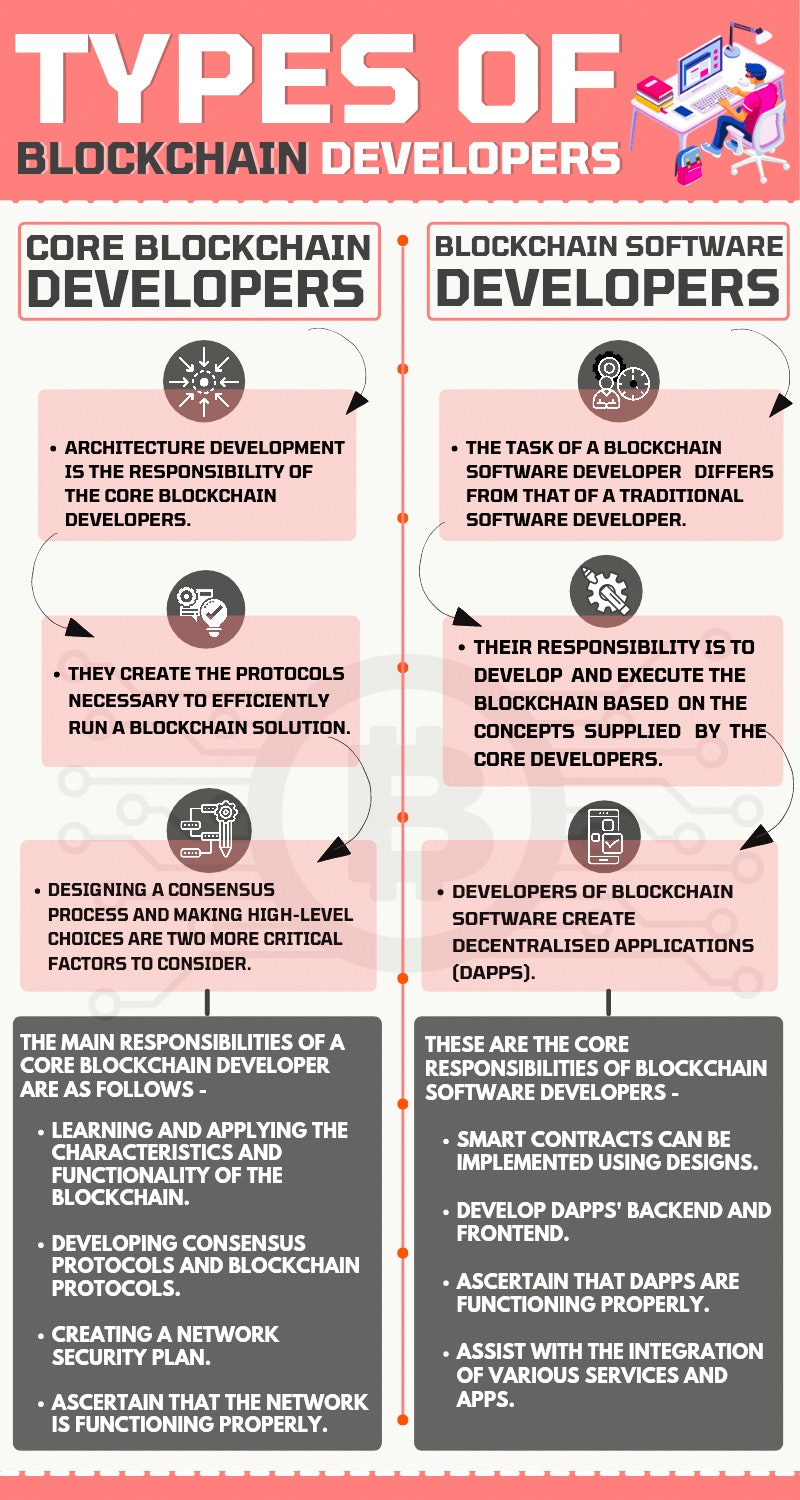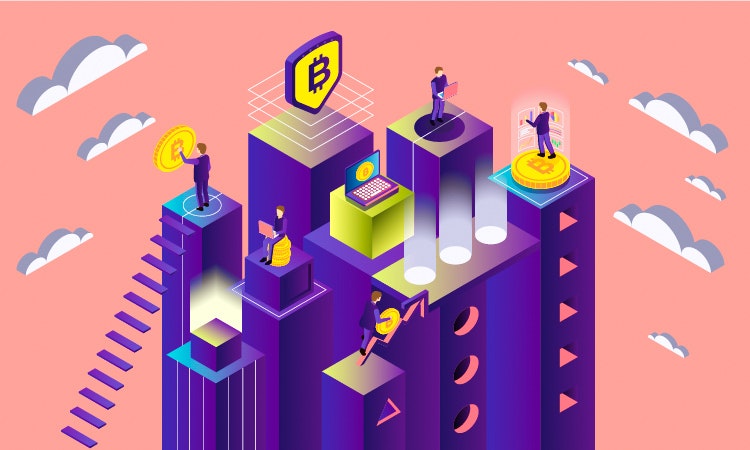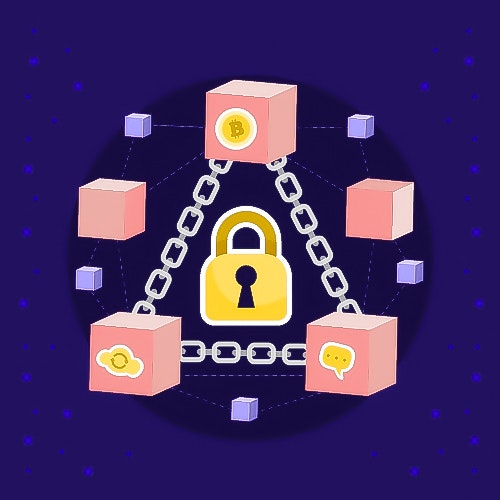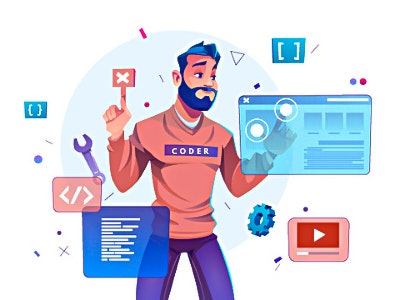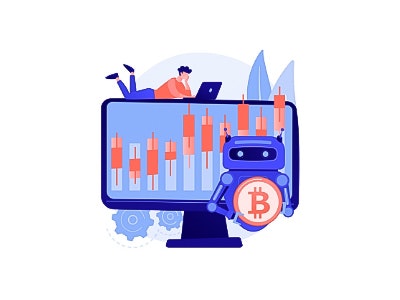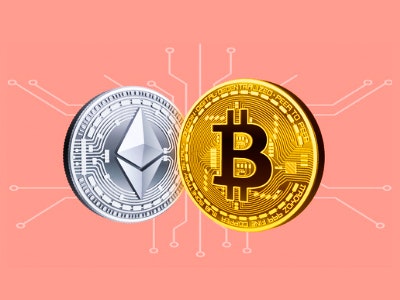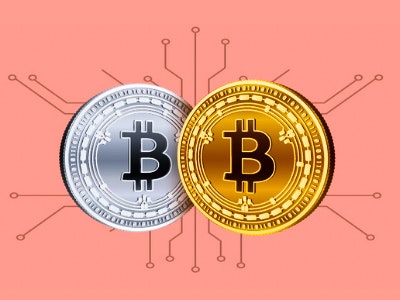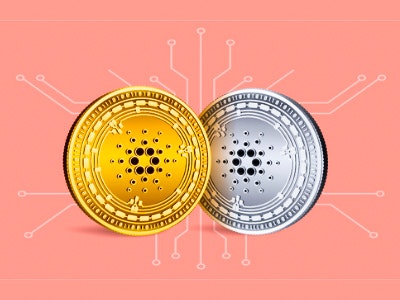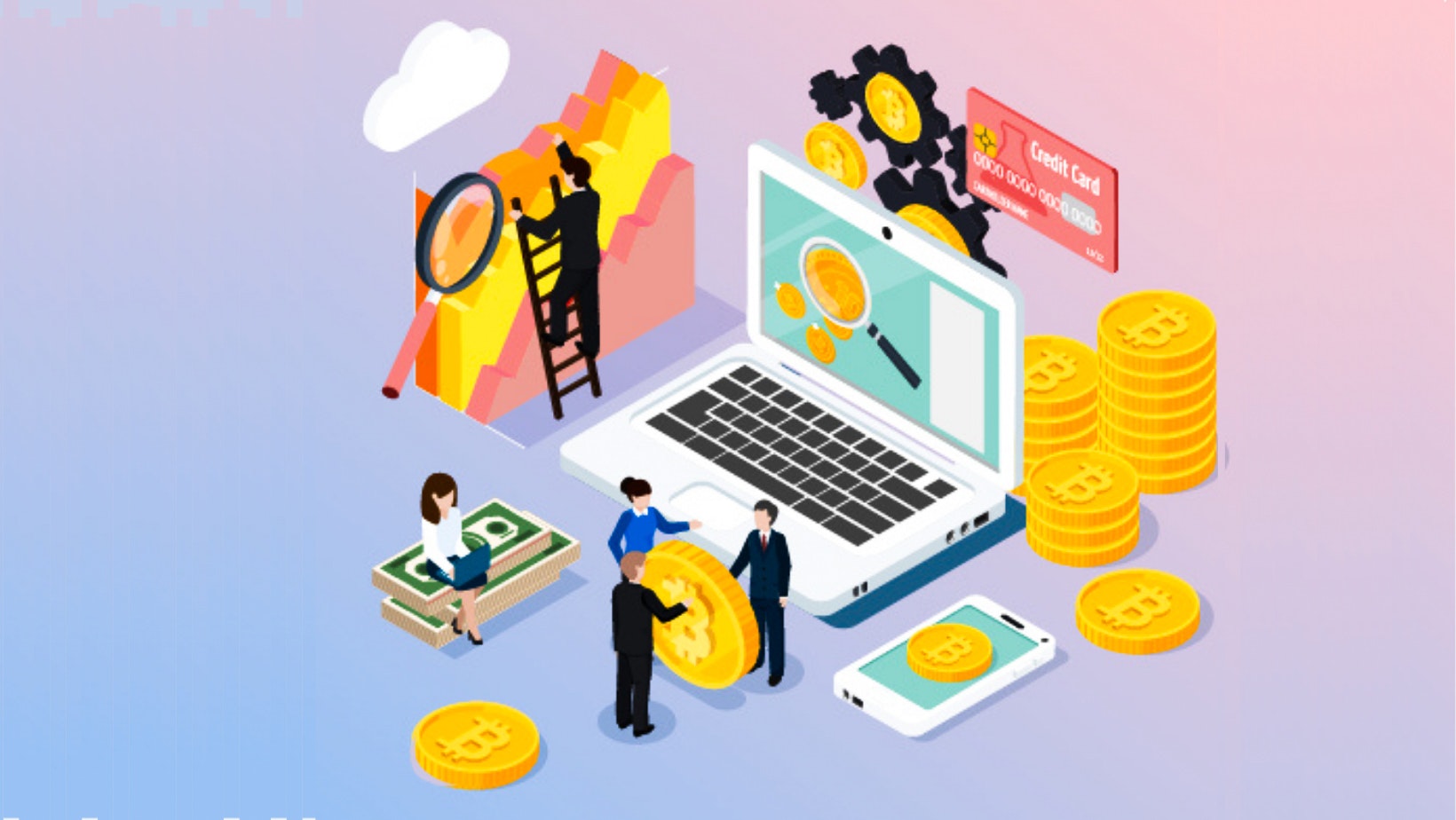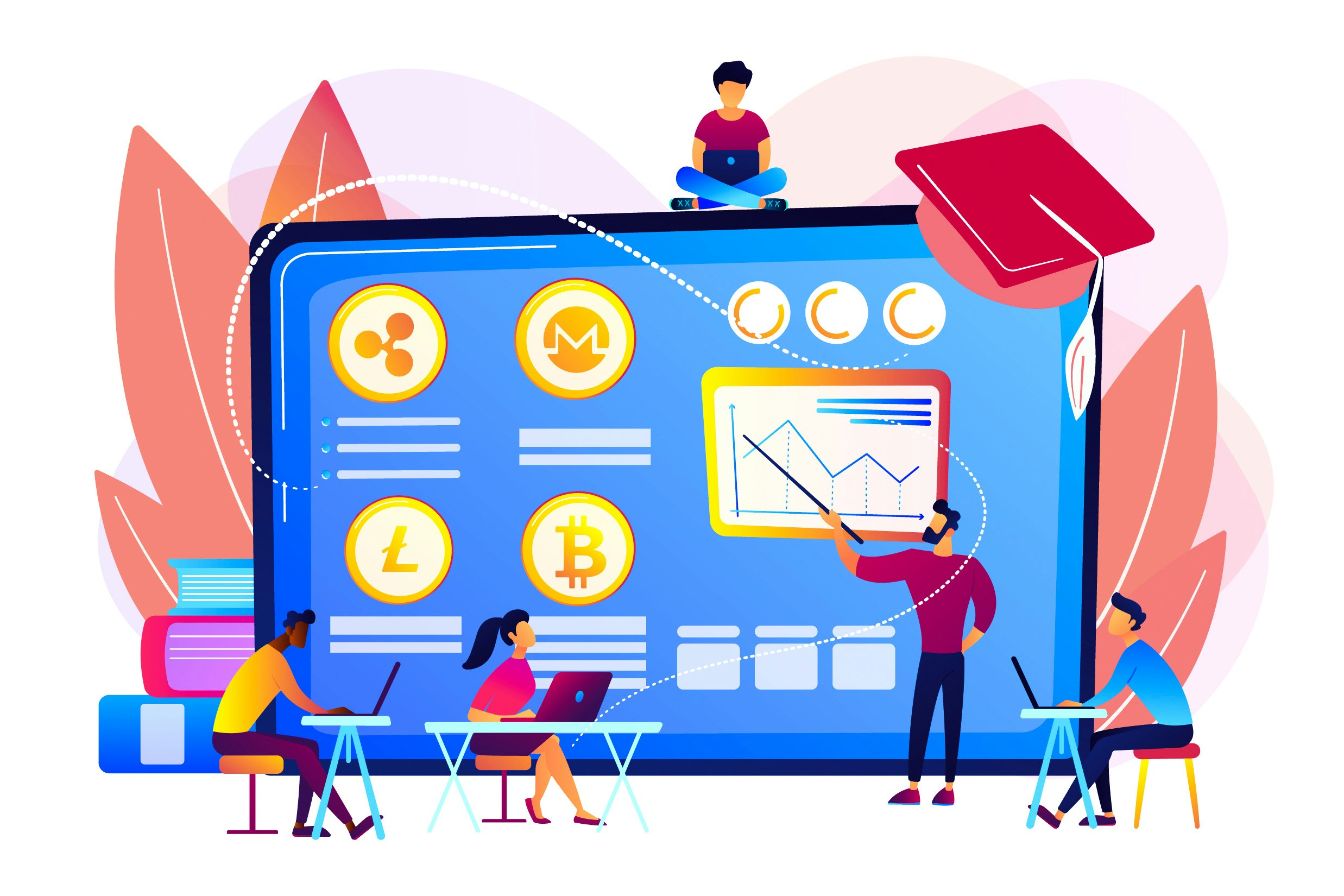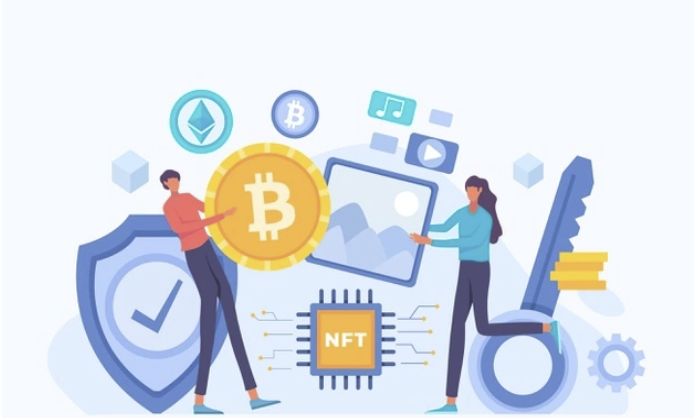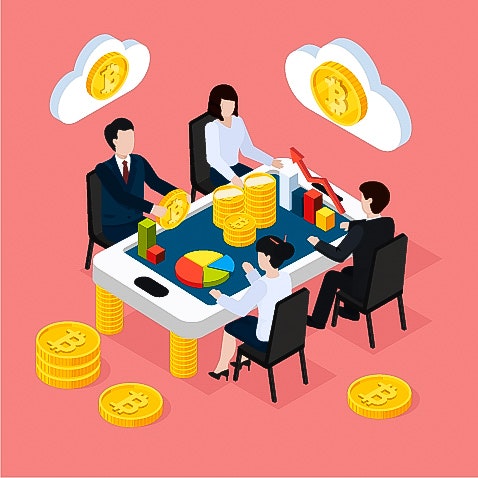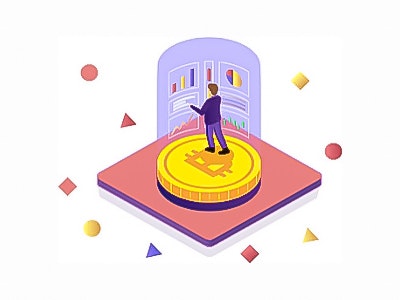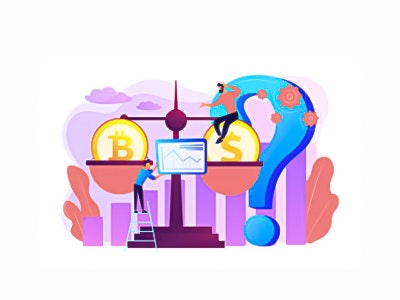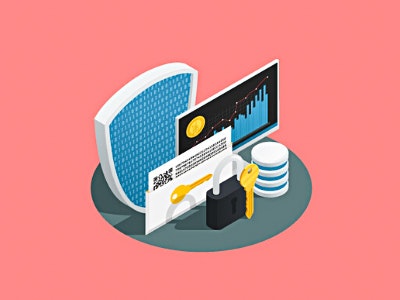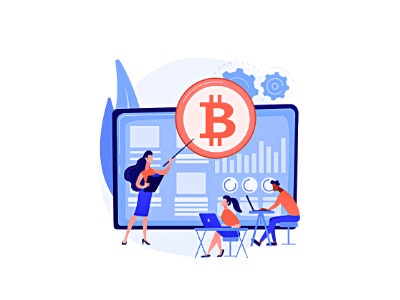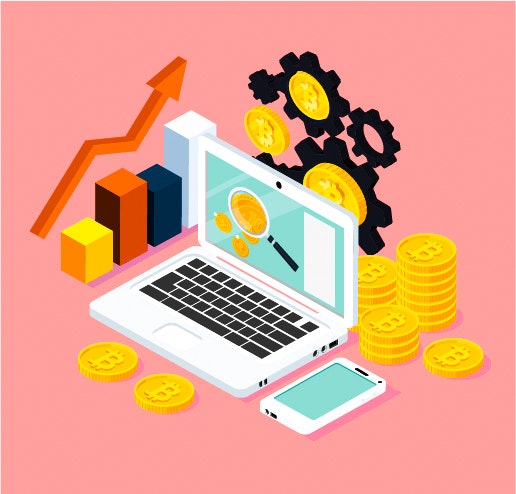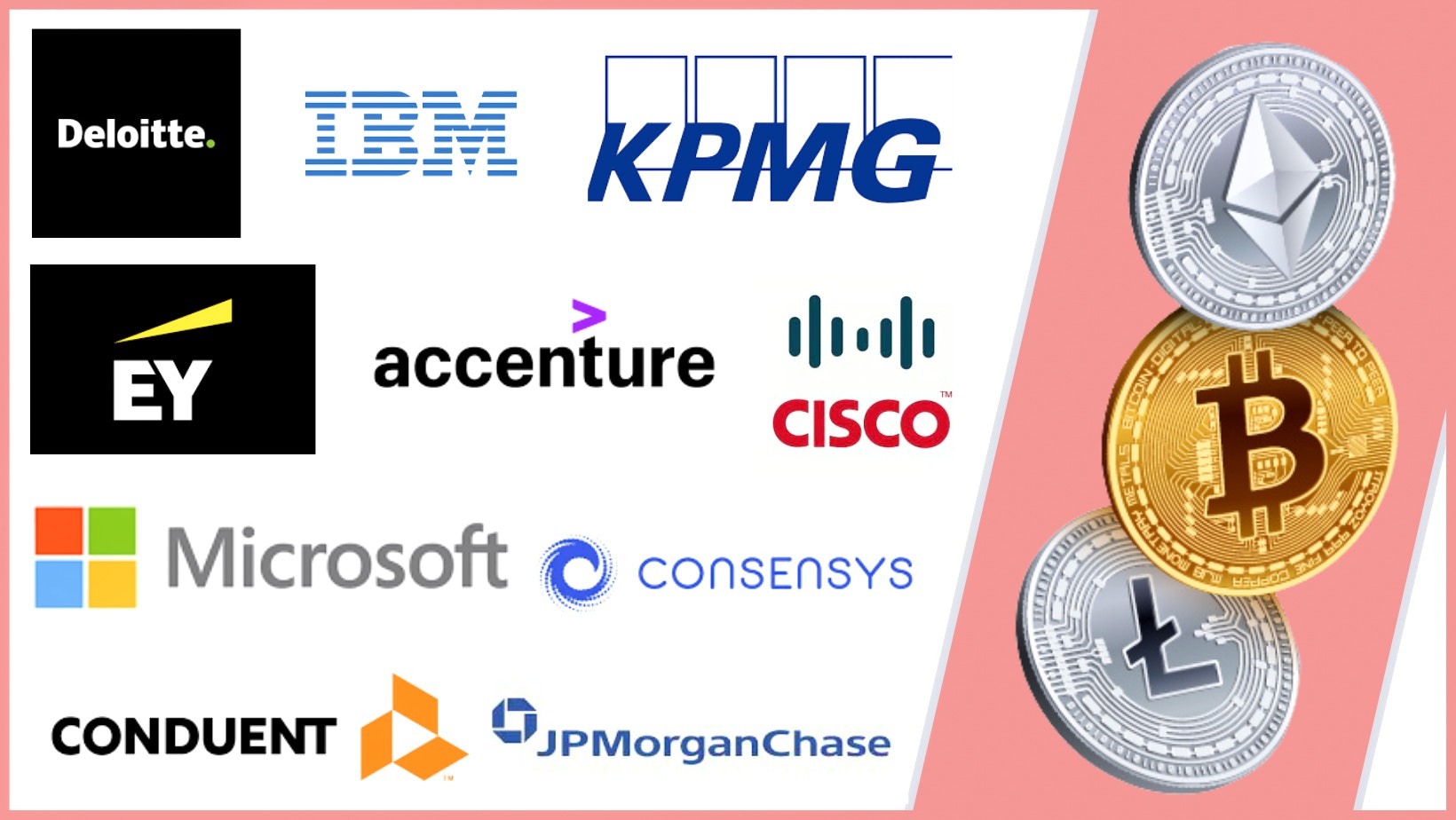How To Become A Successful Blockchain Developer?
Fawzan Hussain
1 Nov 2021
•
11 min read
Blockchain is one of those tools that can assist you in achieving your programming objectives. In the previous several years, the demand for blockchain has skyrocketed. Blockchain was and still is a promising technology, but the true growth and demand began when bitcoin took off. It attracted the interest of a variety of industries, which means you'll have additional career prospects!
Blockchain is still relatively young, with less than 1% of the world adopting it. You could be a part of this process if you take the time and put in the energy to learn about blockchain. It will also open up more doors in the future. You'll be able to grasp cryptocurrencies and initial coin offerings (ICOs) on a technical level. This implies you'll be prepared to operate on cryptocurrency and initial coin offering (ICO) initiatives. These ideas might also assist you in becoming a better investor or trader.
Blockchain provides a completely trustworthy network. As a result, it's an excellent choice for developing systems or services that require enhanced security and identity verification. Transparency will also benefit from the use of blockchain. Newer technologies, such as the Internet of Things (IoT), are also important in the shift. The ultimate goal is to employ blockchain and other similar technologies to create a secure network.
What does a blockchain developer do?
Blockchain is a technique for storing transaction details in a block that happens in the blockchain network making them impossible to alter or hack, making them immutable. A blockchain is essentially an online public ledger of transactions that is duplicated and distributed across the computer network systems that make up the blockchain.
A blockchain developer is a programmer who works on blockchain-related dApps, smart contracts, networks, architecture, as well as optimising and developing them. In essence, blockchain engineers allow safe digital transactions by developing systems and applications that record and preserve block data while preventing external alterations or attacks.
Types of blockchain developers
Blockchain technologyuses a distributed database that keeps track of every activity that has occurred over a global network of computer systems. Core blockchain developers and blockchain software developers are the two categories of blockchain developers. Each category has its own set of tasks. Let's take a closer look at each one.
Naturally, the Blockchain developer is expected to face obstacles. For example, the developer needs to work with ancient infrastructure and its restrictions and still fulfil the requirements of a development plan from Blockchain. There are also obstacles to comprehend the technical practicality of the implementation of decentralised cryptosystems, which are non-traditional IT development processes, which implies that a developer from Blockchain needs specialist expertise. It is the role of the Blockchain developer to develop unique solutions to difficult issues. In addition, the developer carries out sophisticated analyses, design, programming, certification and computer debugging, particularly for different product hardware or for companies' technical service lines.
How To Become A Blockchain Developer?
Now that we know what a blockchain developer is, what types of roles they play, what their responsibilities are, and what technical skills they need, it's time to walk through the stages to become one.
Learning the basics of blockchain
You must begin with the fundamentals, like with any other technology.
This comprises the fundamental concepts, ideas, and architecture of the blockchain. Learn about decentralisation, including its public and private approaches, including use of consensus in network decision-making, and more. Furthermore, learning the blockchain vocabulary to comprehend the majority of the key topics.
Learning the fundamentals also entails being acquainted with popular blockchain development tools. You must familiarise yourself with the industry in addition to the technical elements. Learn about initial coin offerings (ICOs) and cryptocurrency.
Aside from that, immerse yourself in cryptography and ensure that you are familiar with all of the primary cryptographic algorithms utilised by prominent blockchain systems. Finally, you should become familiar with the blockchain ecosystem. The blockchain ecosystem has evolved significantly in recent years. After you've learned about the topics given below, you'll be ready to go!
- Blockchain platforms for businesses.
- Hyperledger, Quorum, Corda, and Ethereum Enterprise are examples of blockchain as a service (BaaS).
- Learn about some of the most popular dApps.
Get to know about the working of blockchain
Now that you've mastered the fundamentals, it's time to practise real-world application. It's easy to discover students or developers who claim to be blockchain developers but haven't created anything. For starters, choose an exchange that you want to participate in. You would be capable of understanding what cryptocurrency has to offer by going through elementary cryptocurrency. Keep in mind that bitcoin is only one application of blockchain. This is the first application of blockchain technology. Wallets must be created to store the coins. They are electronic and simple to create. However, make sure you're familiar with private keys and how to keep them safe.
Start coding
After having a firm grasp of the fundamentals and applications of cryptocurrencies, it's time to get serious about coding. Solidity is a good place to start for beginners. It will assist you in creating and developing Ethereum-based dApps and smart contracts.
One could also look at the open-source code of several blockchain platforms. The code for the majority of blockchain platforms or solutions is open source, making it easy to examine or understand. Establishing or handling an open-source blockchain, on the other hand, is a difficult task. It necessitates overcoming obstacles including privacy, efficiency, resource management, and solitude.
In a nutshell, you must perform the following -
- Make a basic block.
- Turn it into a blockchain.
- Learn about the genesis block and how to use it.
- The blocks are added to the blockchain.
- Verify the chain.
- Make use of it by putting it to the test.
You'll have a perfect blockchain once you perform the above steps correctly.
Learn about smart contracts and Solidity
One of the most important blockchain ideas to understand is smart contracts. It's a computer protocol that's analogous to a real-life contractual obligation. It can be used to simplify or enhance your dApps' performance. A smart contract must have three key characteristics: it must be logical, configurable, and isolated. Further, Solidity is a statically typed, high-level language that is strongly impacted by JavaScript and is used to construct smart contracts. Vyper, Simplicity, and several other specialised languages are also available for building smart contracts.
Lastly, continue to read blockchain-related material. Numerous websites provide high-quality blockchain content.
Types Of Blockchain
Ethereum blockchain
The Ethereum blockchain is a smart contract platform that is decentralised and open-source. It is the most widely employed blockchain platform due to its smart contract capabilities, which allows Dapps to be written on it. It now employs Proof-of-Work (PoW) as its consensus method, but because of PoW's excessive energy consumption, it hopes to replace it with Proof-of-Stake (PoS). The renowned cryptocurrency Ether is likewise powered on blockchain technology (ETH).
Bitcoin blockchain
The Bitcoin cryptocurrency is powered by a distributed ledger. Proof-of-Work (PoW) is the consensus mechanism used by this blockchain. Since PoW consumes a lot of energy, this consensus process has recently become a point of dispute. Apart from supporting the cryptocurrency, the Bitcoin blockchain has no other use.
Cardano blockchain
It's a decentralised and open-source blockchain technology that relies on Proof-of-Stake (PoS) for consensus. It is the blockchain framework that underpins Ada, a famous cryptocurrency. Cardano, unlike Ethereum, is created using evidence-based processes and peer-reviewed research. This implies that before being adopted, discussed and recommendations must be subjected to academic investigation. The Haskell programming language is widely used in the banking and finance industries, and this blockchain technology is based on it.
Things A Beginner Needs To Do To Know More About Development
Learn about the importance of blockchain
The tale of Blockchain is also the path of Bitcoin. Blockchain was created to serve as a framework for Bitcoin, allowing it to take off. To that end, an aspiring Blockchain developer should familiarise himself or herself with Bitcoin. Furthermore, visit the Reddit Bitcoin forums, Coindesk for Blockchain news, and YouTube for bitcoin vlogs. Any study you can conduct, as well as any immersion in the realm of cryptocurrencies that you can manage, will benefit you.
Get an understanding of blockchain development
CryptoZombies and Space Doggos, as crazy as their titles sound, are courses that teach you Solidity Code, which is the code required to write smart contracts, placing you on the correct track to understanding Blockchain development. Space Doggos is very useful since you construct your space dog using Solidity code. These are enjoyable and exciting methods to learn about Blockchain's evolution, and they're probably a little less overwhelming.
Learning a different programming language
A professional Blockchain developer should be able to work in a variety of programming languages. Solidity - This is the programming language that Ethereum smart contracts are written in. Haskell - The Cardano blockchain was built using this programming language by the primary blockchain developers. Javascript - Interfaces are created with this program. C++ and Go - The backends of blockchain systems are built using these two languages by blockchain core developers.
Career Options for a blockchain developer
People with Blockchain expertise are in high demand. For its wide range of applications, it is looking for people who can traverse this new technology. A list of blockchain developer career opportunities is provided below.
Blockchain solution architect
The Blockchain Solution Architect is in charge of creating, allocating, and linking Blockchain solution parts with team expertise such as developers, system administrators, Design engineers, and IT Management.
Blockchain project manager
This person is in charge of linking Blockchain projects with professionals who are responsible for developing Blockchain solutions. The skills of a typical (cloud) project manager are required of blockchain project managers. They must also learn the technical aspects of the technology to fully comprehend it. Strong communication skills are also vital when dealing with non-technical employees, offering helpful updates, or attempting to obtain resources from higher authorities.
Blockchain UX designer
With Blockchain being used in so many businesses, its design and user interface are becoming increasingly important. A Blockchain designer's responsibility is to develop a user interface that inspires trust and appeals to the average user. These folks must be observant to information, have a creative flair, and most significantly, be diligent, as their area of work needs them to invest endless hours in front of computers.
Blockchain quality engineer
A quality assurance engineer is present in every development environment who evaluates and verifies that all phases of the project are of the appropriate standard. In the Blockchain realm, a Blockchain engineer fulfils a similar job by ensuring that all activities in the Blockchain development environment are of the highest quality. They are in charge of testing and automating Blockchain frameworks. Even a tiny error on their part would impact everyone who uses their technology. Therefore, these people need to have a third eye when it comes to paying attention to detail. Maintaining solid professional relationships would also benefit from excellent communication abilities.
Blockchain legal consultant
As businesses strive to figure out how to integrate Blockchain into their systems, legal challenges will inevitably arise. As firms roll out this new technology, they're asking for legal advice on what to think about while investing. They're interested in the consequences of their acts, how to manage their finances, and, finally, how to manage their identities. You must also be well-versed in international law, as Blockchain is a technology that transcends national borders. As a result, it is recommended that such individuals learn as many world languages as possible.
Risk analyst
Risk analysts are responsible for identifying risks, helping in programming, improvement of products, data analytics, and documentation, and it is one of the top-paying blockchain jobs in the world.
Business analyst
This profession entails assessing the practicality of new ideas and improvements. A business analyst's primary responsibility is to assess technology. They research what kinds of products might appeal to the target market. They also employ their analytical, coding, and statistical skills to aid in the delivery of excellent customer-centred services.
Transitioning to blockchain developer from another career
Upskilling is the way an employee learns new skills. This technique is very beneficial in transitioning new blockchain engineers from other, similar corporate positions. Some firms are well aware that Blockchain technology is becoming increasingly important and will enable individual staff to manage the new technology. You must be able to remain with the company, at least for a certain term, if you are someone who works in an undertaking paying for your upscale charges and wants to place you in the position of developer Blockchain. After all, companies don't pay for the training of staff just to make them more trademark
Companies that are hiring Blockchain developers
Between February 2018 and February 2019, job posts for blockchain, bitcoin, and cryptocurrency increased by 90%, according to new statistics from Austin-based job search portal Indeed. While a rise of more than 4,000% may look amazing, the context is all. For instance, in India in February 2017 there were 12 per million job posts relating to blockchain; the figure increased this February to 88,4 per million. In February, by contrast, 1,000 jobs per million posts were for data scientists. Indeed's data shows that job posts in certain categories increased by 4,086 per cent in the share of job listings per million during the last three years. So, while the number of blockchain job openings is rapidly increasing, the overall numbers still lag behind more established IT career options. Nonetheless, the number of job ads connected to bitcoin, cryptocurrency, and blockchain has increased steadily over the last three years, with a spike in the last two months. Whilst cryptocurrencies and ICOs have led to many initial interests in blockchain, companies are now driving the rise to understand the features of decentralised apps. As blockchain employment has developed, developers and others have programmes that provide the necessary blockchain skills. For instance, the University of California Berkeley had hundreds of signups after launching an online course on cryptocurrency and commercial blockchain networks.
Top jobs are primarily for developer, engineer or management roles and consulting rooms for blockchain posts.
IBM's Lowry recommends beginning with a wide awareness of the ecosystem and the range of blockchain protocols in a good position to get a blockchain developer job. Then discover Hyperledger Fabric and how to develop the components of a business-grade blockchain.
Hyperledger, Coursera, IBM developerWorks are all the means to learn how to become an engineer.
The top companies with the most job ads for bitcoin, cryptocurrency, and blockchain-related positions are:
- Deloitte
- IBM
- KPMG
- EY
- Accenture
- Cisco
- JP Morgan Chase
- Microsoft
- Conduent
- ConsenSys
Enterprise initiatives have grown over the last three years, progressing from proofs of idea in 2017 to pilots in 2018 to production environments this year, which is one reason for the unexpected increase in blockchain-related job posts. For four commercial applications, KPMG and other companies, in general, are mainly implementing blockchains.
The first concerns the inclusion of existing ERP systems. In the front office blockchain, for example, sales are activated and client data is collected shared throughout the distributed blockchain technology (DLT). It is required to monitor the supply chains, regulatory activities, and supply in the central office. Furthermore, blockchain is employed in the Back Office for financial tasks like accounting and cross-border business.
IBM tries to bootstraps its blockchain cloud service by pilots like Food Trust and TradeLens, an international cargo tracking service. Maersk tested TradeLens with 94 partners and Walmart pilot Food Trust, and by September this year, it even tells its suppliers to connect to the network.
But there are solutions for streamlining the data flow from ERP systems to a distributed ledger platform. Blockchain does not use middleware to plug in current traditional systems. Firstly, though, it must be determined whether companies even require it.
Companies also construct decentralised identities for staff using blockchain to establish secure access to business data and applications.
The third industry where blockchain takes routes is the IoT, where sensors can, for instance, share data about secure ledgers in intelligent buildings, manufacturing equipment or pharmaceutical products.
Finally, blockchain is used to produce physical or commercial tokenization or digital representation.
Most companies explore how it might produce efficiencies, while it may still be a new technology. Telco networks had taken years to establish pipes and create their infrastructure. From the inception of trade, transactions - blockchain bread and butter - began with old trading systems and exchange currency supported by commodities, including gold and government fiat.
Conclusion
This is therefore a whole route, to be a successful Blockchain developer. However, the way to a job is not so straightforward, and it demands a lot of commitment, hard work and perseverance on your part. However, the career sphere of Blockchain developers seems to be quite exciting and bright given the quick growth of Blockchain technology.
Fawzan Hussain
An SEO consultant and the CEO of Seooptimizekeywords.com. With over a decade of experience in the industry, I'm passionate about helping businesses achieve their online marketing goals through effective SEO strategies.
See other articles by Fawzan
WorksHub
Jobs
Locations
Articles
Ground Floor, Verse Building, 18 Brunswick Place, London, N1 6DZ
108 E 16th Street, New York, NY 10003
Subscribe to our newsletter
Join over 111,000 others and get access to exclusive content, job opportunities and more!
